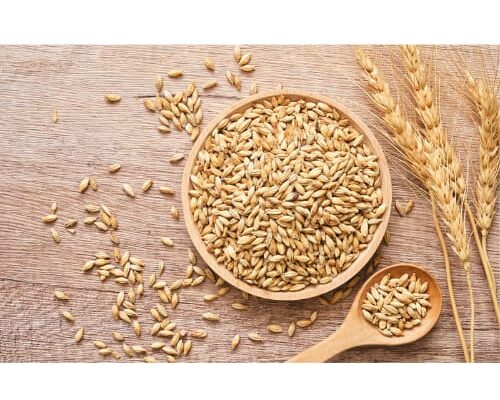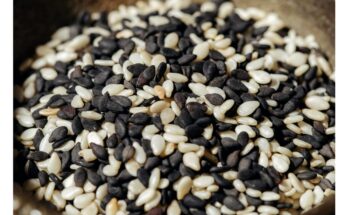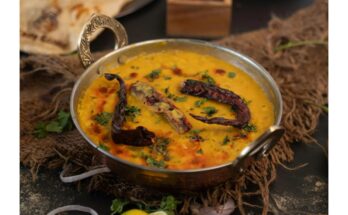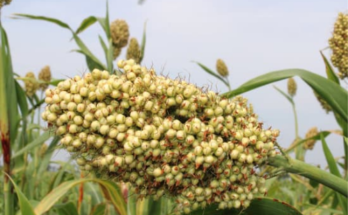Barley belongs to the genus Hordeum which includes both wild and cultivated forms of barley. Most cultivated barleys have been classified into two groups, H. vulgare, the six-rowed barley, and H. distichon, the two-rowed type. The six or two rows refer to the number of grain rows on the spike. In both types of barley, there are hulled and hull-less varieties. In the hulled varieties, the hull or husk is adherent to the kernels after threshing, whereas in the hull-less or naked varieties it is loose and easily removed during threshing. The type of barley grown in different parts of the world depends upon the climatic conditions. The most predominantly cultivated barley in India is the six-row type.
Barley is one of the world’s oldest cultivated cereals. It was used as a bread grain in early times. Nowadays, barley is extensively used as food, cattle feed and for malting and brewing. Barley is by far the most important cereal grain for malting because of its specific physical and chemical proper- ties. Hull-less types of barley are unsuited for malting, but they are useful as food, having higher digestibility than the hulled types.
Barley is used in India mainly as human food. Barley flour is generally mixed with wheat or gram (legume) flour for preparing chapaties. Wheat flour mixed with barley or barley and rye or oats flour is used in making bread. Barley husk contains about 34 per cent fibre, and is relatively indigestible.
Nutritive value per 100g of Barley:
Energy (kcal) : 336
Protein (g) : 11.5
Fat (g) : 1.3
Carbohydrates (g) : 69.6
Crude Fibre (g) : 3.9
Vitamins:
Carotene (µg) : 10
Thiamine (mg) : 0.47
Riboflavin (mg) : 0.20
Niacin (mg) : 5.4
Minerals (g) : 1.2
Calcium (mg) : 26
Phosphorus (mg) : 215
Iron (mg) : 1.67
Magnesium (mg) : 21




